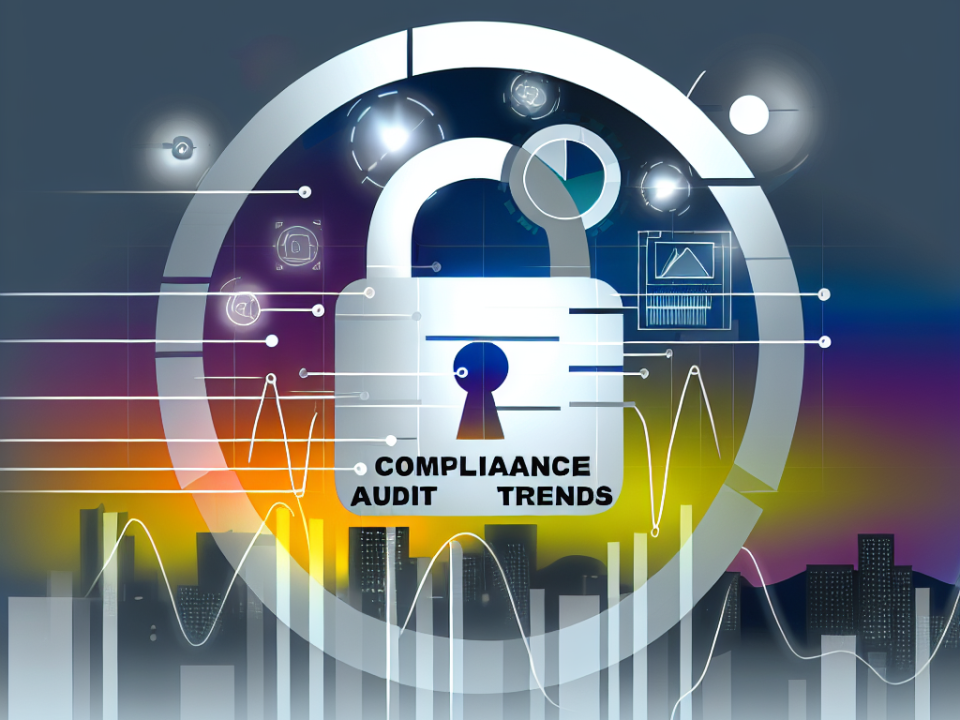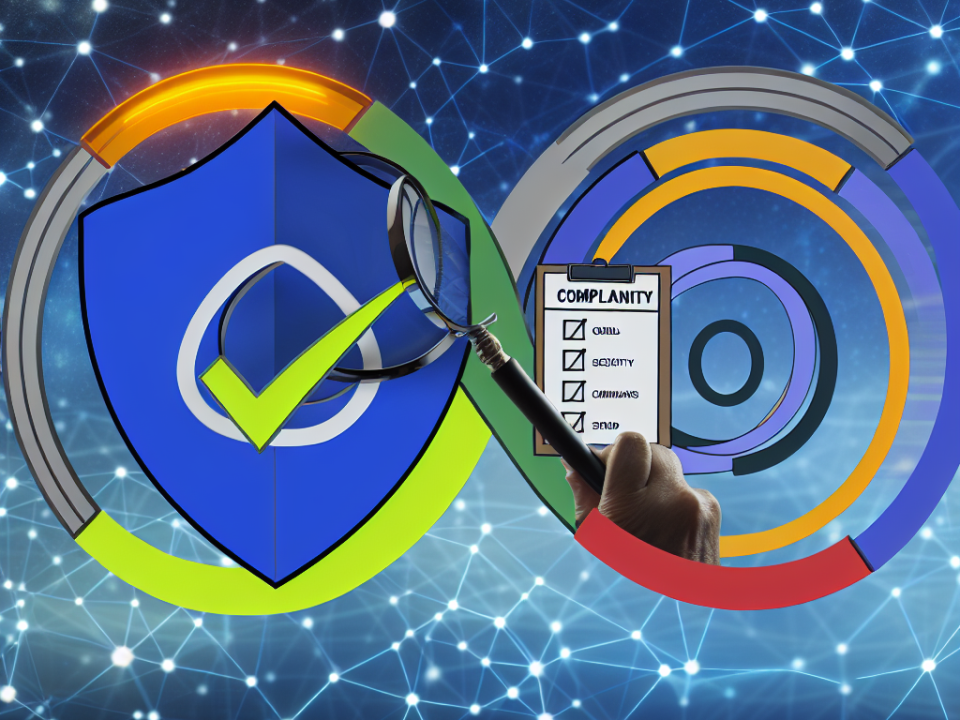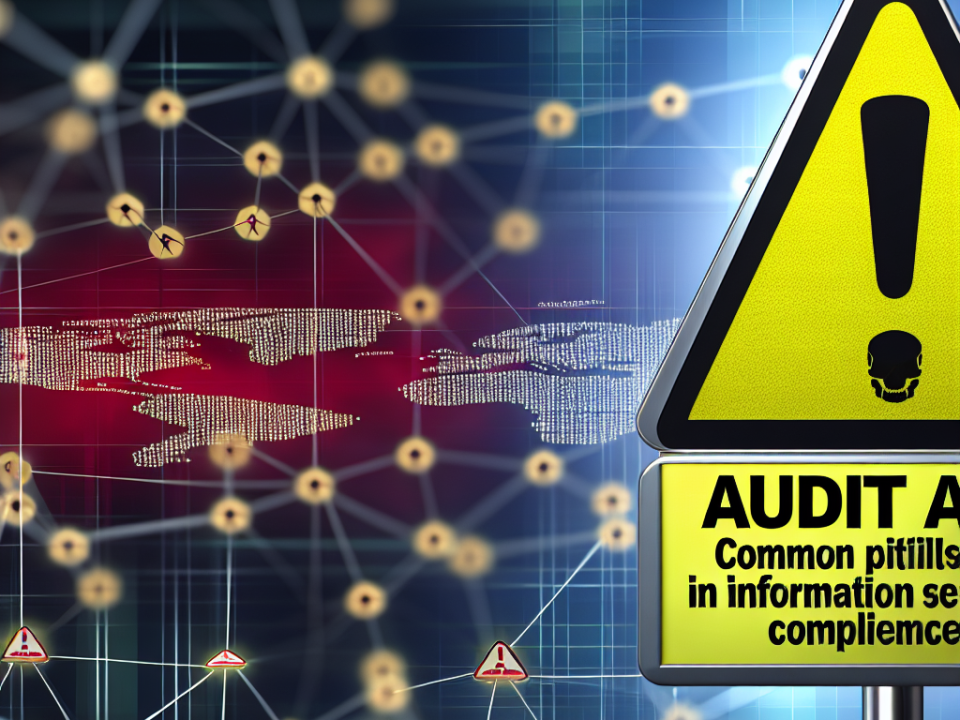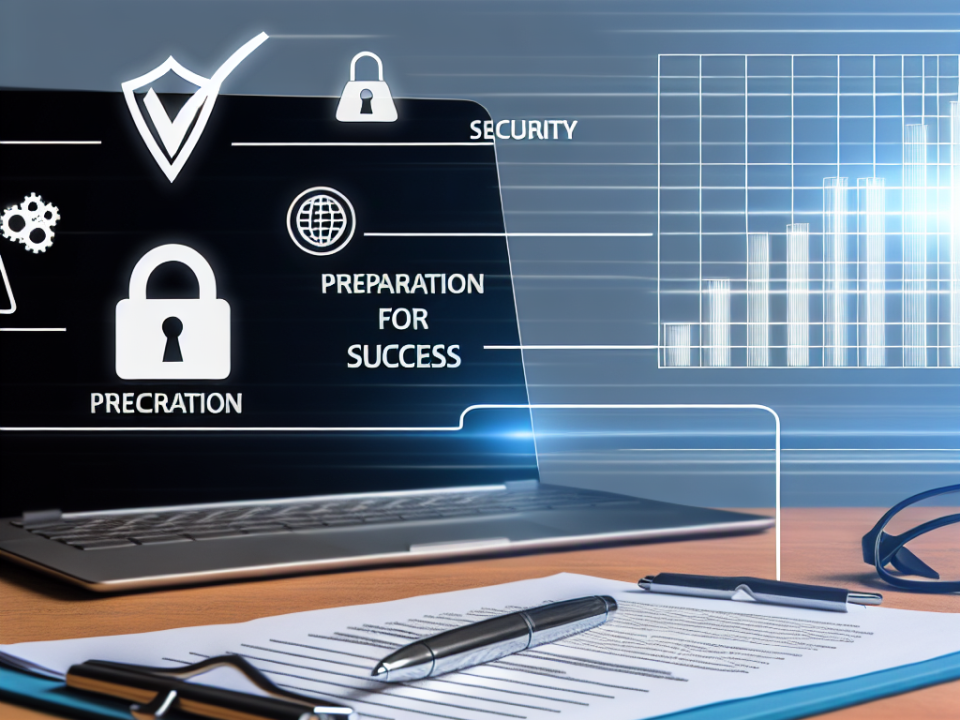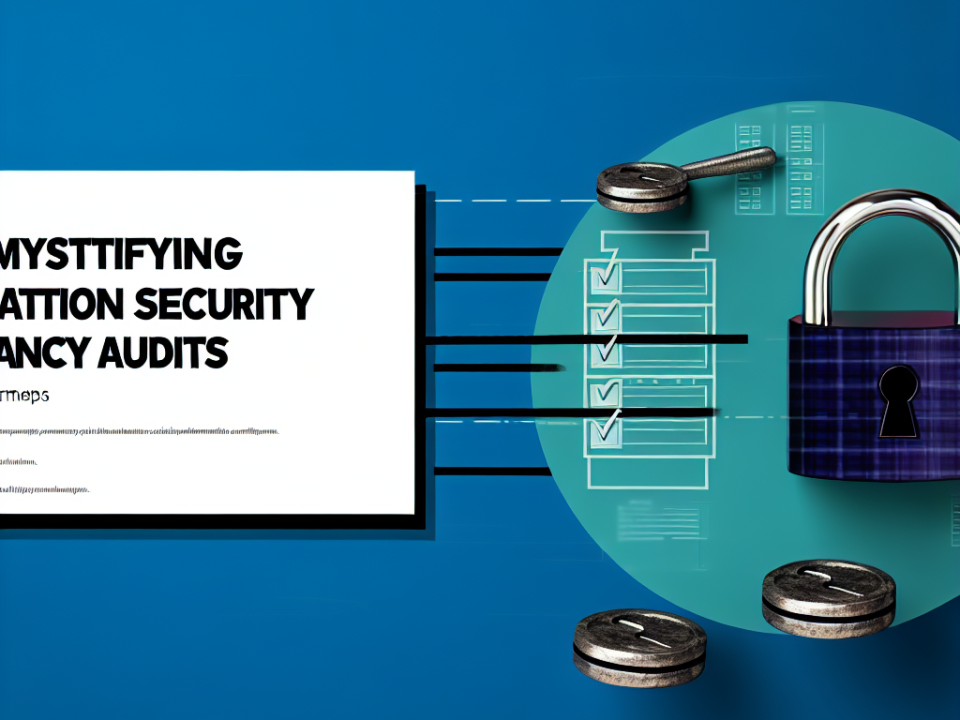
Navigating the Cybersecurity Maze: Your Essential Compliance Checklist
July 11, 2025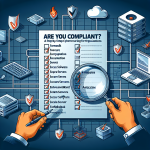
Are You Compliant? A Step-by-Step Cybersecurity Checklist for Organizations
July 12, 2025
In an increasingly digital world, security compliance is paramount for businesses aiming to protect sensitive information and maintain trust with customers. As technology evolves, so do the threats to cybersecurity, prompting organizations to adapt their security measures continually. Future-proofing your business against emerging security challenges requires an understanding of upcoming trends in security compliance. Here’s a look at what to expect and how to prepare.
1. Increased Focus on Data Privacy Regulations
With stringent regulations like GDPR in Europe and CCPA in California, data privacy will continue to be a significant area of focus. Businesses must not only be aware of existing regulations but also stay tuned to upcoming laws. Future trends will likely see a push for more comprehensive privacy legislation worldwide, requiring organizations to implement more robust data governance frameworks.
Action Steps:
- Conduct regular compliance audits to ensure you meet current regulations.
- Keep abreast of legislative changes and anticipate potential future regulations.
- Invest in training for personnel on data privacy principles and compliance.
2. Adoption of Zero Trust Architecture
The traditional perimeter-based security model is becoming obsolete as remote work and cloud applications proliferate. The Zero Trust model, which operates on the principle of "never trust, always verify," is emerging as a necessary approach to security compliance. This model assumes that threats could be internal or external, warranting vigilant verification of every access request.
Action Steps:
- Begin implementing Zero Trust principles by segmenting your network.
- Enhance identity and access management (IAM) systems.
- Continuously authenticate devices and users through advanced monitoring and analytics.
3. Enhanced Role of Artificial Intelligence (AI) and Machine Learning (ML)
AI and ML technologies are transforming security compliance by automating threat detection and response. These technologies can analyze vast amounts of data in real-time, identifying anomalies that may indicate a security breach. As these capabilities grow, businesses will increasingly rely on AI and ML to enhance their compliance measures.
Action Steps:
- Invest in AI-powered security solutions that can automate compliance tracking.
- Use ML for predictive analytics to foresee potential compliance issues before they escalate.
- Regularly update AI systems to ensure their effectiveness against new threats.
4. Emphasis on Supply Chain Security
Recent incidents have highlighted vulnerabilities within supply chains. As businesses increasingly outsource components and services, ensuring compliance and security across the supply chain becomes vital. Organizations will need to extend their security policies to encompass third-party vendors, focusing on comprehensive risk assessments.
Action Steps:
- Develop a vendor risk management program that assesses the security posture of third parties.
- Require compliance certifications from vendors to minimize risks associated with their practices.
- Conduct regular audits of third-party services to ensure they uphold your compliance standards.
5. Automation and Compliance-as-a-Service
Rising operational complexities and the demand for speed in compliance reporting are leading businesses to automated solutions and Compliance-as-a-Service models. These offerings streamline data collection and reporting, reducing manual workload and errors while ensuring that compliance requirements are continuously met.
Action Steps:
- Explore automation tools that integrate with existing systems to streamline compliance reporting.
- Investigate partnerships with Compliance-as-a-Service providers that can help alleviate the burden of compliance management.
- Train staff on using these automation tools to enhance their effectiveness.
6. Cybersecurity Training and Workforce Education
Employees often remain the weakest link in any security compliance framework. As threats become more sophisticated, the need for ongoing employee education will become more pronounced. Future trends will emphasize comprehensive security awareness training that evolves alongside emerging threats.
Action Steps:
- Implement regular security training programs tailored to your business’s specific compliance needs.
- Simulate phishing attacks and other common threats to reinforce training effectiveness.
- Foster a culture of security awareness where employees feel responsible for reporting potential breaches.
Conclusion
Future-proofing your business against security threats requires vigilance and an adaptable strategy. By understanding and embracing upcoming trends in security compliance, organizations can position themselves favorably in an increasingly complex landscape. Through a combination of regulatory awareness, advanced technologies, and ongoing employee education, businesses can not only ensure compliance but also foster a secure environment for their operations and customers. As the business landscape continues to evolve, proactive measures are key to remaining resilient and competitive.


